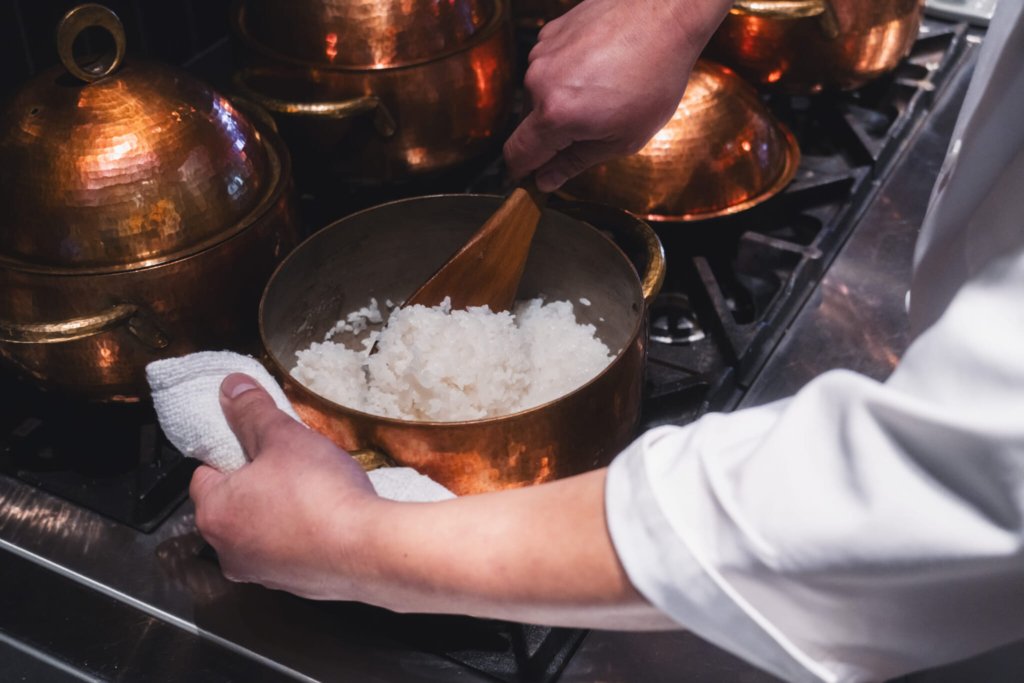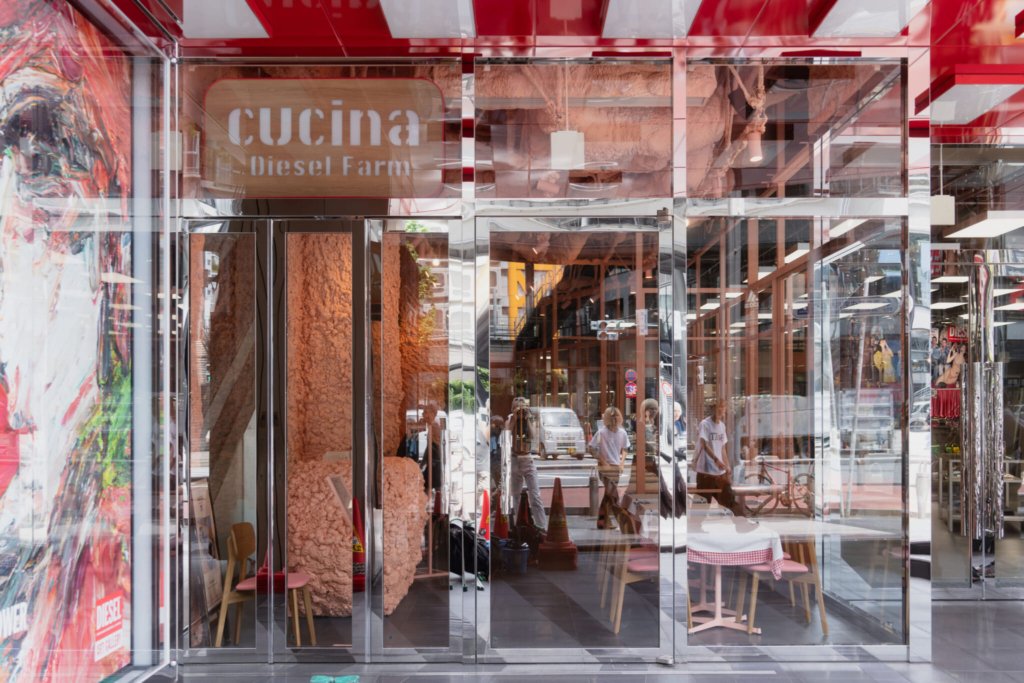A dish closely tied to the history of Tokyo, Tsukudani is a traditional Japanese cuisine that typically features ingredients such as meat, seaweed, or seafood simmered slowly and slowly in soy sauce, mirin, sugar, salt, and more. For many years, it was primarily seen as an accompaniment to rice served with sake. However, there’s more to Tsukudani than that, and one business in Japan’s capital is determined to show it.
Shimbashi Tamakiya is a store with a history of nearly 250 years that has been developing products that challenge the traditional image of Tsukudani. In 2022, it launched a wine pairing course featuring innovative Tsukudani dishes that blend Japanese and European flavours. For Kyoko Tamaki, the shop’s 10th-generation owner, it’s about welcoming new interpretations of the dish while also respecting its history.
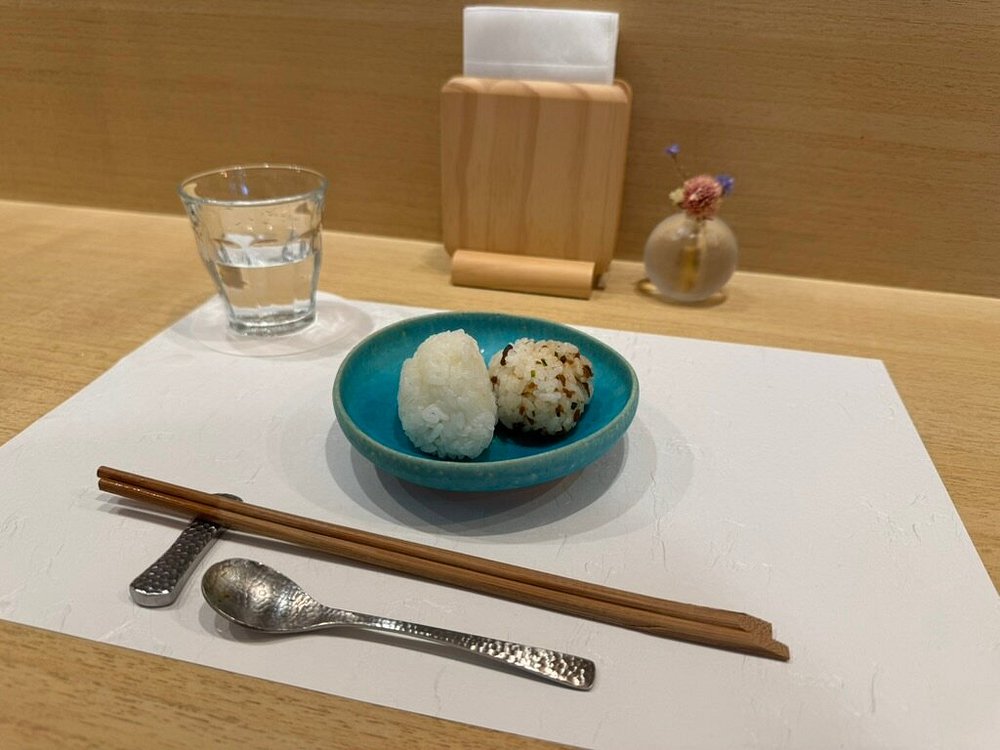
A brief history of Tsukudani: the food that saved Tokugawa Ieyasu
Although tsukudani is often associated with Tokyo, it actually originated in Osaka over 400 years ago. Fishermen in Settsu Province’s tenant villages—covering modern Osaka and Kobe citiescities and nearby areas – devised a cooking method to preserve the large quantities of small fish they caught. To prevent the fish from spoiling, they boiled the fish in salt. Thanks to Tokugawa Ieyasu, these fishermen eventually moved to Edo (now Tokyo).
After the Honnoji Incident in 1582, which resulted in the assassination of Japanese daimyo Oda Nobunaga, Ieyasu and his followers were also ambushed. They tried to escape, but because they had no boat and were blocked by the Kanzaki River in Osaka, they were in danger. They also haven’t eaten for a long time. Fortunately for the future daimyo and his crew, Tsukuda village chief Mori Sonemon presented them with a boat and Tsukuda supplies.
Tokugawa eventually returned the favor, inviting Sonemon and his family, as well as the more than 30 fishermen who helped him, to live in Japan’s de facto capital. They were granted a special license called gomenshao, This gave them exclusive access to all fishing areas in the region, and then all of Japan, as long as they supplied Edo Castle. Subsequently, interest in Tsukudani grew, and the dish soon spread throughout the country. Its popularity increased further when soy sauce from neighboring Chiba was added to the dish.
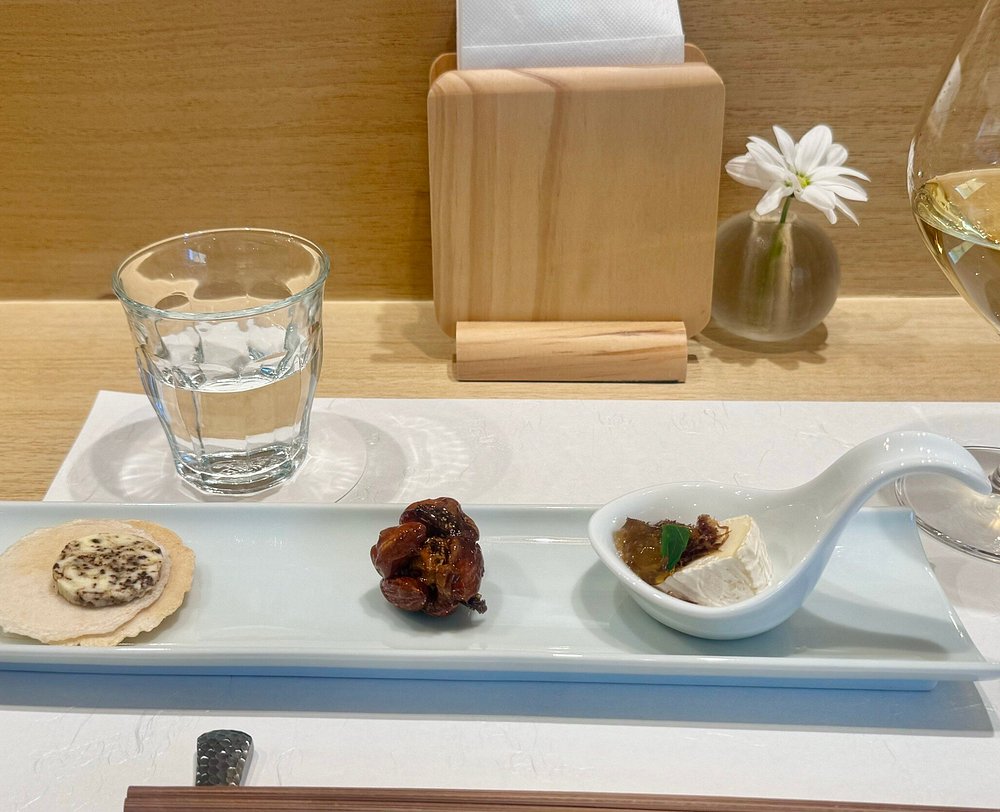

Shimbashi Tamaki House: Changing the perception of Tsukuda Valley
The person who introduced Tsukudani to Tamakiya Shimbashi was the third-generation owner of the store, Nanbei. It proved to be a transformative decision. The store was founded in 1782 by the first generation Nanbei, and initially sold zazen mom (black bean stew), but eventually became famous for its tsukudani. The product has even attracted celebrity names from overseas such as albert einstein. It is reported that he was very fond of the shop’s kelp Tsukudani shredded rice during his visit to Japan in 1922.
A century has passed and tsukudani no longer has the appeal it once had, especially among the younger generation, whose image of the dish has become outdated. Tamaki, who took over Tamaki Shimbashi in 2021, aims to change that perception. She came up with the idea for a wine pairing course during the height of the COVID-19 pandemic. “I think it’s important not to be satisfied with the status quo but to always consider new ideas and find what makes today’s customers happy,” she recently told the online magazine, Latest news in Tokyo.
In recent years, Xinqiao Jade Wood House has become more than just a retail store. In addition to selling merchandise for customers to take home, it also features a three-seat counter where guests can enjoy a variety of classes, including a rice ball workshop. The most popular is the Tsukudani Pairing Course, which includes eight dishes and three types of wine or sake, priced at 6,980 yen. Last year, a three-piece hors d’oeuvres set including a glass of French wine was launched, priced at 2,420 yen.
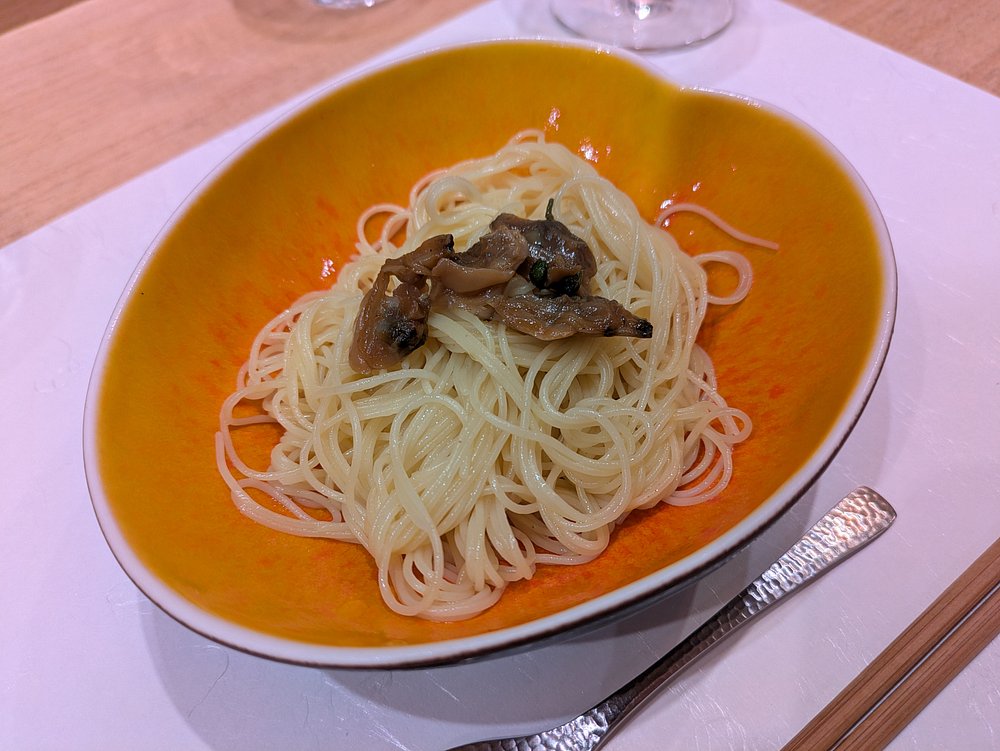

A Western twist on traditional Japanese cuisine
On a recent visit to the shop, I had the opportunity to sit next to two other people and sample a three-course set menu of hors d’oeuvres, as well as a few other Tsukudani-related dishes. Our English host asked us to put it on first oxygena traditional tube-sleeved jacket originating from the Edo period. Then she poured us all a glass of Fornaro Soave Classico, a fresh dry white wine from Veneto in northern Italy.
This drink pairs perfectly with bite-sized appetizers. We started by putting some ammi butter between two biscuits – small ammi shrimp tsukubo, with lemon juice and butter. This butter is one of the store’s most popular items, and it’s easy to see why. Next came delicious sweet caramelized shrimp tsukudani and nuts, then camembert with semi-dried bonito seasoning and apricot jam. When I was told that I was going to have a small Tsukudani set meal, the Western twist on this traditional Japanese dish was not what I was expecting.
After finishing the hors d’oeuvres, the host tested our taste buds by asking us to guess what three of the store’s famous sauces tasted like. We then tried some zazen mama and then continued with our veggies, which we dipped into the shop’s limited edition Kanazanji miso. The biggest surprise of the course was the Sicilian-style capellini pasta with Tsukudani clams; a combination that worked really well. Even though it ended up being rice balls related to Tsukudani, my impression of this traditional dish completely changed.


 Anal Beads
Anal Beads Anal Vibrators
Anal Vibrators Butt Plugs
Butt Plugs Prostate Massagers
Prostate Massagers
 Alien Dildos
Alien Dildos Realistic Dildos
Realistic Dildos
 Kegel Exercisers & Balls
Kegel Exercisers & Balls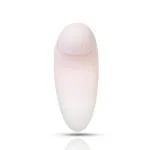 Classic Vibrating Eggs
Classic Vibrating Eggs Remote Vibrating Eggs
Remote Vibrating Eggs Vibrating Bullets
Vibrating Bullets
 Bullet Vibrators
Bullet Vibrators Classic Vibrators
Classic Vibrators Clitoral Vibrators
Clitoral Vibrators G-Spot Vibrators
G-Spot Vibrators Massage Wand Vibrators
Massage Wand Vibrators Rabbit Vibrators
Rabbit Vibrators Remote Vibrators
Remote Vibrators
 Pocket Stroker & Pussy Masturbators
Pocket Stroker & Pussy Masturbators Vibrating Masturbators
Vibrating Masturbators
 Cock Rings
Cock Rings Penis Pumps
Penis Pumps
 Wearable Vibrators
Wearable Vibrators Blindfolds, Masks & Gags
Blindfolds, Masks & Gags Bondage Kits
Bondage Kits Bondage Wear & Fetish Clothing
Bondage Wear & Fetish Clothing Restraints & Handcuffs
Restraints & Handcuffs Sex Swings
Sex Swings Ticklers, Paddles & Whips
Ticklers, Paddles & Whips








